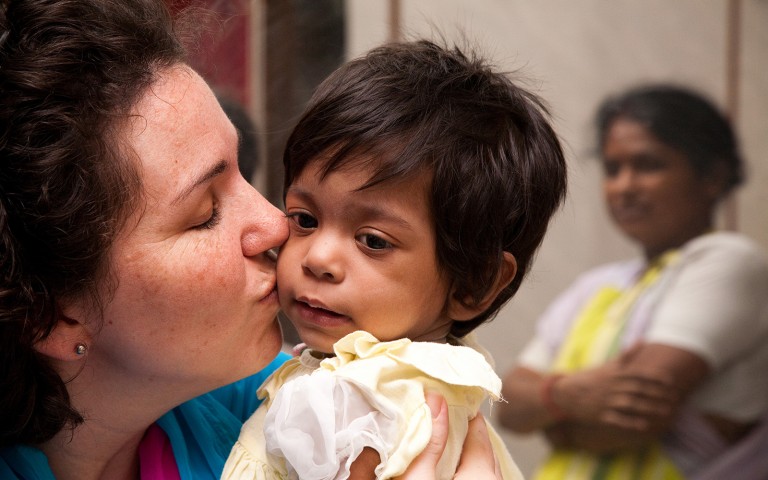
Darinpfeiffer | Dreamstime.com
While there are an estimated 30 million orphans in India, only 50,000 are available for adoption, and official statistics show that less than five thousand are adopted each year. While there may be many reasons for the low number, including perhaps a lack of demand, the most likely culprit is the entire adoption system itself. Anecdotal reports suggest that there are many people who would like to adopt a child in India but are deterred by the process.
According to Business Insider, a survey by Indian Society for Assisted Reproduction (ISAR) found that 46% of couples with partners between the ages of 31 and 40 are infertile. Adoption could be one way for these couples to add a child to the family. However, the legal procedure and its numerous technicalities can be long, tedious and emotionally taxing. Some estimates say that it can take three to four years to complete the process. According to the US State Department, in 2014 on average it took 732 days to complete the process to adopt a child from India.
The basic qualifications for adoption sound simple enough. Any individual who is 30 years or older and financially and medically sound can adopt a child. From there it starts getting complicated. For example, there are maximum age limits for individuals and couples that vary according to the age of the child. Single men may not adopt a female child. Some of these are rules created by the Central Adoption Resource Authority (CARA), a part of the Ministry of Women and Child Development, which establishes processes and accredits adoption agencies. Other requirements are imposed by law, or rather, laws, since there are several which apply, depending on the parents.
- Adoptive parents who are Indian citizens and Hindus, Sikhs, Jains or Buddhists fall under the provisions of The Hindu Adoption and Maintenance Act of 1956. According to this law, if a couple already has a child, it may not adopt a child of the same sex. So assuming all children are considered either strictly male or female (no provision for transgendered children), a childless couple can only adopt two children at most, and none if they already have a son and a daughter.
- Adoptive parents who are Indian citizens and Muslims, Christians, Parsis or Jews, as well as Non-Resident Indians (NRIs), Overseas Citizens of India (OCIs) living in India and non-Indian citizens, are governed by the Guardian and Wards Act of 1890. While it may not have much impact on the adoption process, this colonial era act says that an adoptive parent is only a guardian of the child until she or he reaches the age of 18, and by Indian law the child does not automatically inherit property. However, non-Citizens of India, NRIs and OCIs may adopt an Indian child under the adoption laws of their home or host country.
- The Juvenile Justice Act of 2000 allows state-level discretion in allowing a family to adopt a child even if there are already biological children of the same sex. It also requires two persons from a state-level Child Welfare Committee to clear an abandoned child for adoption.
- Finally, The Hague Convention on Inter-country Adoption, 1993, ratified by India in 2003, indirectly affects the adoption processes by requiring CARA to harmonize them according to the convention, at least for inter-country adoptions, which would affect non-citizens, NRIs and OCIs.
Maneka Gandhi, Minister of Women and Child Development, has expressed displeasure at the performance of CARA and the state adoption agencies. She has asked that the process be completed in a few months, not years, and for more children to be placed with adoptive parents. Additionally, rule changes, for example to allow foreign parents to get an Indian passports for the adopted child with less paperwork, have not been implemented but are now being given impetus.
Obviously the system should first and foremost protect the interests of children, and the laws and rules are written towards that end. Child trafficking and abuse have been issues in the past and even continue to present day. A reckless movement to place more children into adoptive homes could end up causing real harm. However, unless the adoption process becomes more streamlined, taking months instead of years, it creates other problems. The Guardian reported that there is an illegal market for babies in India, with documented cases of newborns being stolen from hospitals.
Let us hope that the government strikes the right balance and more children find suitable new homes.
Do you have an Indian adoption story? Leave a comment below. Please like FamiLife’s page on Facebook so that you get all our articles and others may find us.
